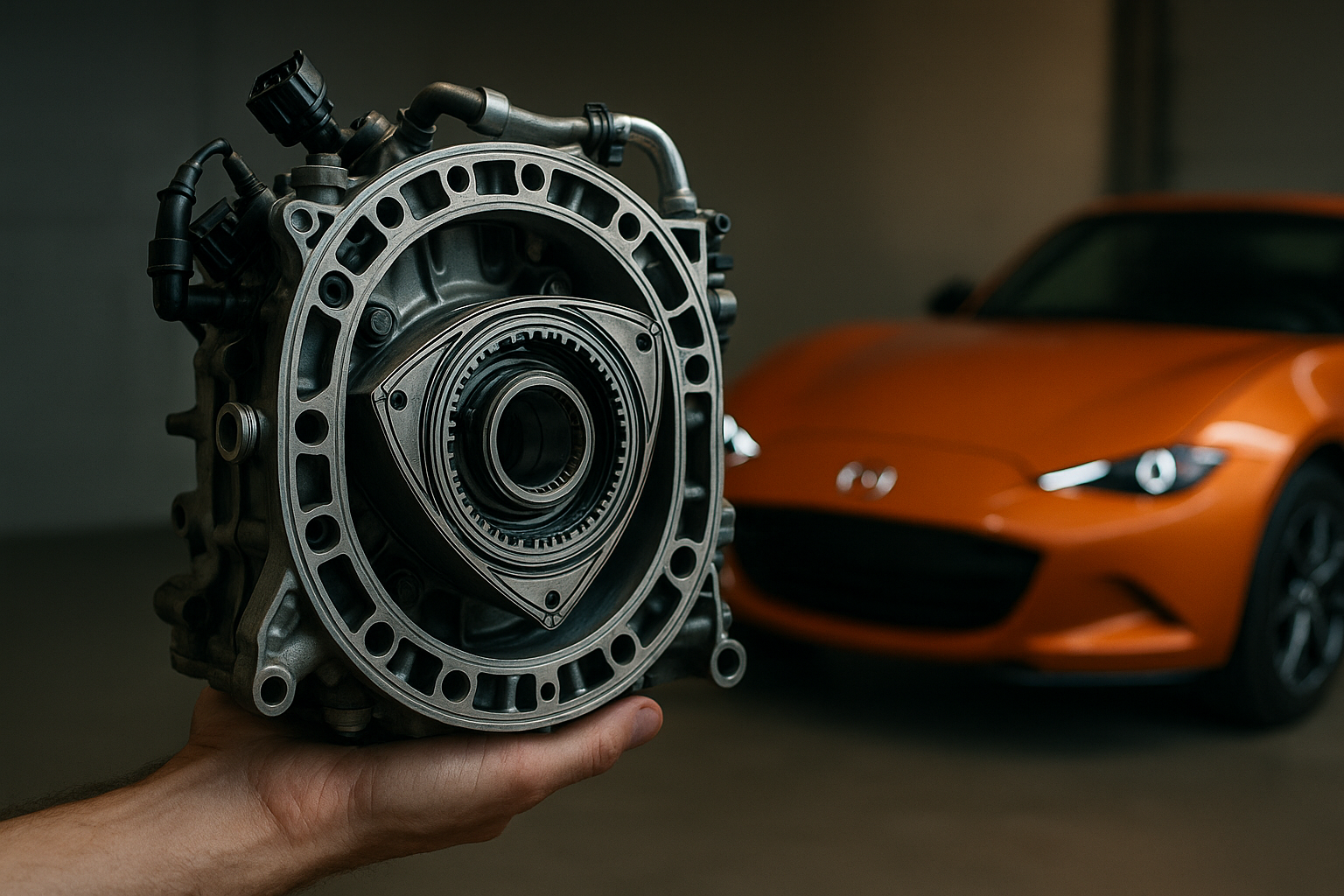Venturing into the World of Rotary Engines: A Unique Spin on Power
The automotive industry has seen an array of technological innovations over the years. One such technology, the rotary engine, has taken a unique spin on how power is generated in a vehicle. Despite its unconventional approach, it has left a significant impact on the automotive world. Let's delve into the fascinating realm of rotary engines and explore its unique contribution to the industry.

The Genesis of the Rotary Engine
The rotary engine, also known as the Wankel engine, after its inventor Felix Wankel, was first developed in the 1950s. Its inception marked a unique innovation in the automotive engineering landscape. Unlike traditional piston engines, the rotary engine uses a triangular rotor to convert pressure into a rotating motion.
This radical approach provided several advantages over traditional engines. It offered a smoother power delivery due to the absence of reciprocating parts, and its compact design made it a perfect fit for smaller, sportier vehicles. In the 1960s and 70s, car manufacturers, particularly Mazda, started to adopt this technology in their vehicles.
Rotary Engines and the Modern Automotive Landscape
Despite its promising start, the rotary engine has seen a decline in its usage in recent years. The primary reasons include lower fuel efficiency and higher emissions compared to traditional piston engines, which have seen significant improvements over time.
However, the rotary engine has not been completely phased out. Mazda, the most prominent advocate of this technology, continues to explore ways to improve and implement rotary engines. The company announced plans to use a small rotary engine as a range extender in its electric vehicles, thus keeping the technology relevant in the shifting automotive landscape.
The Impact of Rotary Engines
The rotary engine has indeed left its mark in the automotive world, particularly in performance vehicles. Mazda’s RX-7 and RX-8, both equipped with rotary engines, have gained a cult following among car enthusiasts for their unique driving experience and performance.
Moreover, the technology has been widely recognized for its potential in aviation and other industries, given its compact size and smooth power delivery. Despite its challenges, the rotary engine has demonstrated a unique and innovative approach to engine design.
The Future of Rotary Engines
While the rotary engine’s prominence has declined, its potential remains. With the right modifications and improvements, this technology can offer unique solutions in the evolving automotive industry. As manufacturers continue to explore more efficient and eco-friendly technologies, the rotary engine may find its niche in specific applications.
In Conclusion
The rotary engine, despite its unconventional nature and challenges, has played a unique role in the automotive industry. It’s a testament to the industry’s innovative spirit and its constant pursuit of enhancing driving performance. Even though it may not be the engine of choice for most vehicles today, the rotary engine remains a fascinating piece of automotive history and a potential game-changer for the future.






